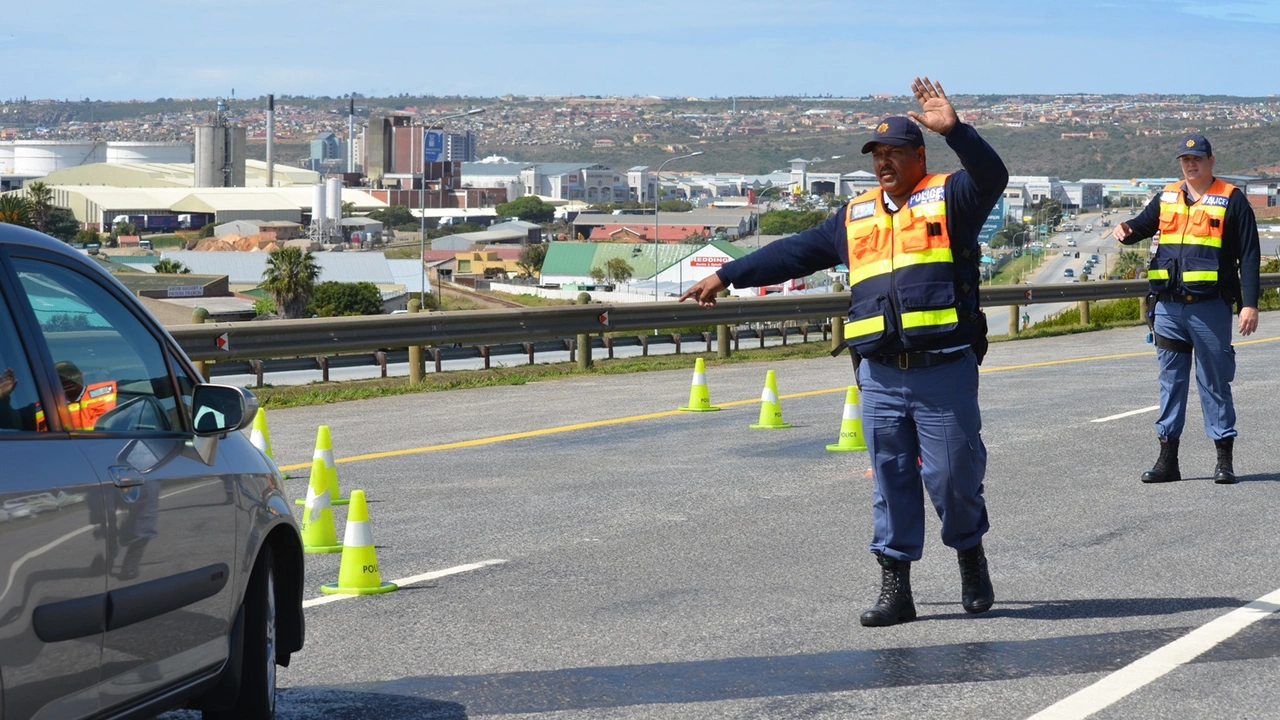How dangerous are traffic stops for police officers?

Understanding The Dangers of Traffic Stops
As a blogger, I have spent quite a bit of time researching various topics, and I can honestly say that the dangers police officers face during traffic stops certainly caught my attention. When a police officer signals a car to pull over, there is always an element of uncertainty. They don't know who is in the car or what their intentions might be. This uncertainty can potentially put the officers at risk.
The Statistics Behind Traffic Stop Dangers
Going by the statistics, it's quite alarming how dangerous traffic stops can be for police officers. In fact, according to the National Law Enforcement Officers Memorial Fund, traffic-related incidents are one of the leading causes of death for law enforcement officers in the United States. It's crucial to understand these numbers to truly appreciate the risks these officers face every day on the job.
Why Traffic Stops are Particularly Risky
There are numerous reasons why traffic stops are particularly risky for police officers. The unpredictability factor is high, the officer is exposed and vulnerable, and there's always the potential for the situation to escalate quickly. It's a delicate balance of maintaining authority while also ensuring everyone involved remains as safe as possible.
Stories from the Front Line
Personal anecdotes from police officers really bring to life the dangers they face. These stories highlight the quick thinking and bravery these officers must exhibit every time they conduct a traffic stop. In this section, I will share some of these tales from the front line, each one a testament to the courage and dedication of our law enforcement officers.
The Training to Handle Traffic Stops
Training is a big part of how police officers manage to handle these dangerous situations. They're taught various techniques and strategies to keep themselves and others safe during traffic stops. I will delve into the specifics of this training, how it has evolved over time, and how it prepares officers for these high-risk encounters.
The Role of Equipment in Officer Safety
Equipment, too, plays a crucial role in officer safety during traffic stops. From bulletproof vests to body cameras, these tools are designed to protect officers and provide them with valuable evidence if things go wrong. In this section, I'll explore the importance of these items and how they contribute to overall safety.
Changes in Policies and Procedures
Over the years, policies and procedures regarding traffic stops have changed significantly. These changes are often influenced by previous incidents and are designed to reduce risks and improve safety. I'll take a closer look at these modifications and how they've impacted officer safety during traffic stops.
The Impact of Public Perception
Public perception plays a significant role in how traffic stops are conducted and how safe they are for officers. Negative views of law enforcement can increase tension and make these interactions more problematic. In this section, I'll discuss this issue and its implications for officer safety.
How Technology is Aiding Officer Safety
Technology is increasingly being used to help enhance officer safety during traffic stops. From license plate readers to drones, these tools are designed to give officers a clearer picture of what they're dealing with. I'll explore some of the latest technology trends and how they're making traffic stops safer.
Working Towards Safer Traffic Stops
In conclusion, while traffic stops are inherently risky, there are numerous measures being taken to make them safer for officers. Whether through training, equipment, policy changes, or technology, steps are being taken to reduce the risks associated with traffic stops. However, there is still work to be done, and I will discuss some potential future initiatives that could further improve officer safety.
- July 23 2023
- Darius Newsome
- Permalink
- traffic stops police officers danger safety risks
- 0 Comments
Written by Darius Newsome
View all posts by: Darius Newsome